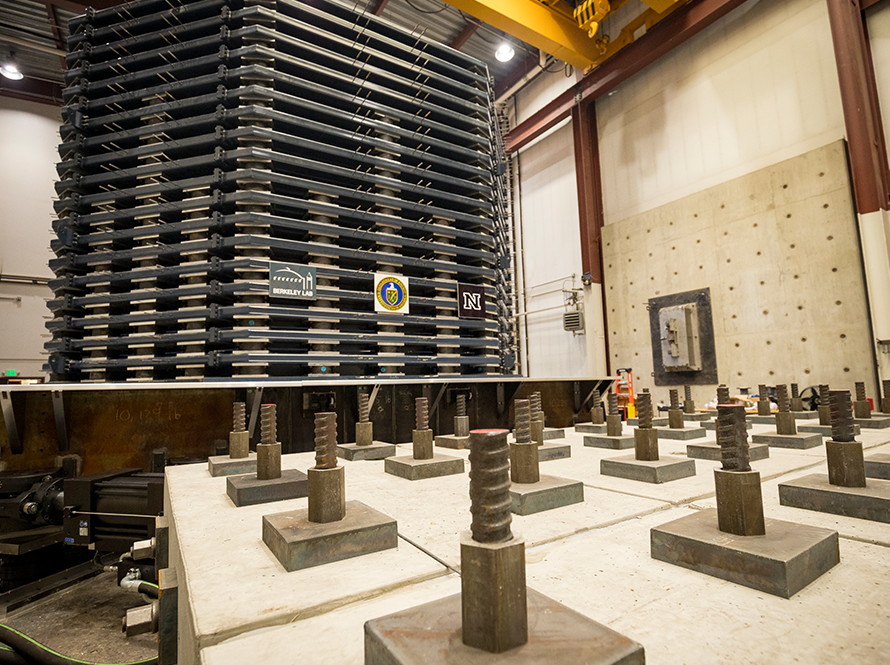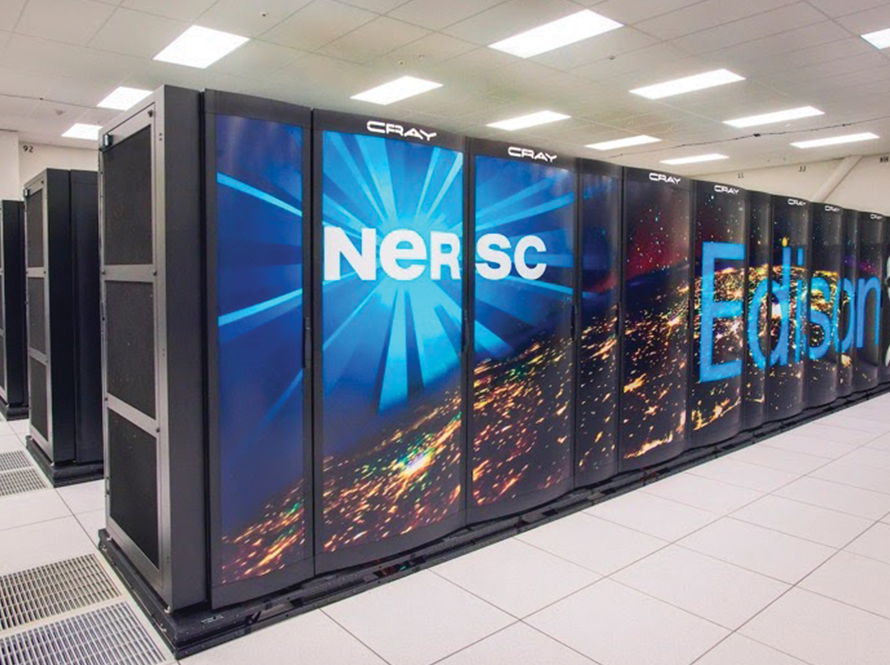We are advancing the scientific insights and tools needed to help ensure that critical energy, water, food, and built infrastructure systems are resilient to natural hazards and the impacts of climate change.
Our nation’s energy infrastructure is threatened by existing and emerging natural phenomena, such as earthquakes and climate change with its related environmental extremes. We use advanced modeling and observational capabilities combined with an integrated understanding of the relationships between the built and natural environment to develop disruption-ready strategies for ensuring resilience of critical energy, water, food, and built infrastructure systems.

Natural hazards such as earthquakes and flooding affect our planet’s ecosystems, and can damage power plants or natural gas storage infrastructure. EESA researchers have made major advances in applying computer modeling to link environmental processes with the built environment, water, and energy systems. They leverage these models to better predict wildfires and evaluate how they impact water and entire ecosystems, and to examine atmospheric rivers and seasonal snow dynamics by reproducing specific historical events, and translating them to the context of future climate conditions.

To make sure infrastructure and buildings are earthquake-safe, we must understand how seismic activity affects them. Our researchers are using high-performance computing to create site-specific simulations of how various sized structures would respond to an earthquake along one of the Bay Area’s most dangerous faults, and have developed and deployed optical sensors to quickly measure building deformation after an earthquake. A new 15-foot-high, 21.5-foot-wide “soil box” they developed is home to real-world shake simulation studies on how the soil around a structure influences its performance during an earthquake.

Urban areas face compound risks from climate change such as heat islands, flooding, and drought. Developing urban resilience strategies requires advanced understanding of these stresses and their implications for urban systems. EESA has developed modeling capabilities built upon expertise in high-resolution climate modeling, hydrology, extreme events, and energy systems for the built environment. We have used these approaches to explore various solutions, such as storing energy that can be used to heat and cool buildings in underground aquifers, and using cool roofs to mitigate warming in urban areas.

Tomorrow’s infrastructure will have to meet new performance and design demands for increased resiliency to natural hazards and emerging stressors including the effects of unprecedented firestorms, and accelerating climate change. EESA scientists envision that the major advancements being made in high performance computing (HPC) and sensors and data analytics–powered by unprecedented rapid data acquisition through high-bandwidth, low-latency communications–will provide a foundation for innovation across the spectrum of infrastructure design, maintenance, operations, and emergency response for a new era of resilient infrastructure.

